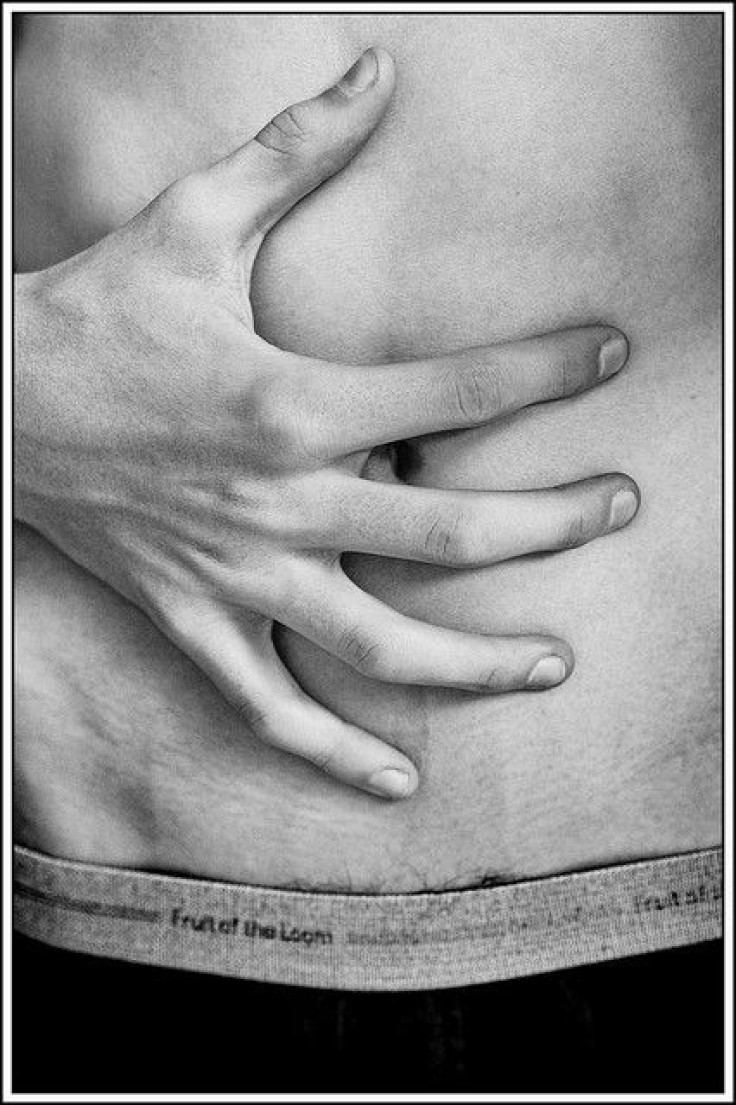Exalenz New BreathID Test Detects H.Pylori Bacteria In As Fast As 10 Minutes, Quicky Diagnoses Gastric Conditions

Stomach ache? Queasiness? Just have an unexplainable feeling in the pit of your stomach? Afraid that you may have to see too many doctors about these peculiar feelings, just to be told it was food poisoning? Diagnosis of stomach disorders may become as easy as taking a breath.
Exalenz Bioscience, a developer of noninvasive diagnostic systems, has launched BreathID Hp. BreathID Hp differs from their other noninvasive diagnostic systems because it analyzes a apatient's exhale within 10 to 15 minutes and allows for treatment to be started right away. Gone are the days of prescribing unneccessary treatments, in lieu of results. The new technology can specifically identify ulcers and related gastric conditions because it tests for a particular bacteria called Heliobacter pylori, or H. pylori.
The Centers for Disease Control and Prevention, as reported by Exalenz, has found that two-thirds of Americans are infected with H. pylori. The bacteria is commonly found in the stomach, and if left untreated, can alter the stomach's and intestine's linings and form ulcers. These ulcers are kind of like cuts or disturbances to an otherwise smooth lining. Ulcers are often painful, as they allow for further damage from the gastric acids naturally present in the body for digestion. An ulcer can lead to further bacterial infection, as the bacteria have literally created a hole in the body, through which they may enter the bloodstream. As a result, once infected, there is a 10 to 20 percent risk of suffering from these ulcers. This risk is also coupled with one to two percent risk of developing stomach cancer.
Prior to Exalenz's innovation of breath tests, the risks of ulcers and H. pylori infections were tested by invasive endoscopy methods, which looked for the presence of ulcers in the digestive tract, X-rays of the digestive system, and blood or stool tests. Each of the aforementioned procedures is time-consuming and somewhat invasive, and may take either days or weeks to report results.
The BreathID Hp test, however, simply requires a patient to breath into the device after drinking a harmless mixture of radioactive carbon. The breath sample is then analyzed for levels of carbon; if infected by H. pylori, there will be a significant change in the lvel of carbon dioxide present in the person's exhale. Results from the BreathID Hp test can be gleaned in 10 to 15 minutes, and treatments can be started, or at least prescribed, immediately. Thanks to this new innovation in diagnosis, many cases of gastric cancer can potentially be avoided and the pain of ulcers may become a relic of the past.
Perhaps most importantly, BreathID Hp is a compact system that can fit on a small table or countertop and is compatible with electronic medical records. Moreover, any properly trained health care professional can operate it by simply following the screen-displayed directions.
"The BreathID is an exciting solution, enabling physicians to offer excellent care to patients. Its ability to detect H. pylori in patients presenting H. pylori related symptoms is an important addition to any physician's office or clinical laboratory," Steven Eitan, former CEO of Exalenz, told PR Newswire.



























